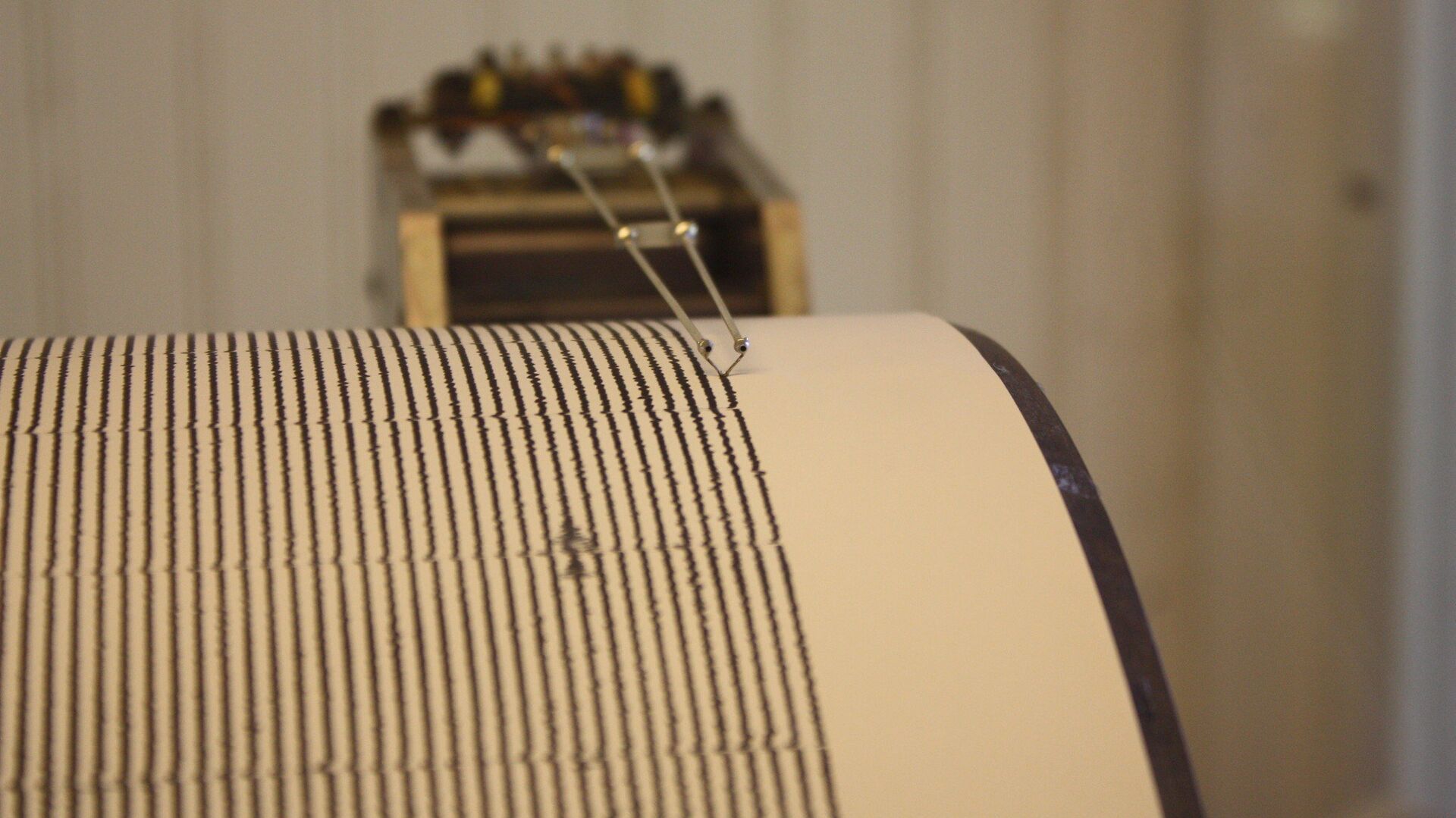https://sputnikglobe.com/20220213/invisible-hybrid-earthquake-caused-massive-tsunami-in-2021-scientists-say-1092995602.html
'Invisible' Hybrid Earthquake Caused Massive Tsunami in 2021, Scientists Say
'Invisible' Hybrid Earthquake Caused Massive Tsunami in 2021, Scientists Say
Sputnik International
The 8.2-magnitude earthquake occurred about 15 km below Earth's surface. 13.02.2022, Sputnik International
2022-02-13T18:39+0000
2022-02-13T18:39+0000
2023-02-09T13:08+0000
science & tech
tsunami
study
earthquake
https://cdn1.img.sputnikglobe.com/img/107546/97/1075469732_0:107:2047:1258_1920x0_80_0_0_ed60badbcea76e352a1c0d49d2861d3a.jpg
Scientists have managed to finally identify the elusive earthquake that triggered a tsunami that spread thousands of kilometres from its epicentre through the North Atlantic, Pacific, and Indian oceans in August 2021.As Live Science explains, while scientists originally believed that the tsunami in question was caused by a 7.5-magnitude earthquake detected near the South Sandwich Islands in the South Atlantic, its epicentre was simply too deep to cause a tsunami (about 47 km below the sea floor), and that the kind of the tectonic plate rupture that caused it (400 km long) “should have caused a much larger earthquake."A new study that was published in the Geophysical Research Letters journal earlier this month suggests that the earthquake was actually a sequence of five “sub-quakes," and that the tsunami was caused by the third – an 8.2-magnitude“invisible” earthquake that occurred 15 km below Earth's surface.The quake apparently managed to avoid detection for so long because it was a hybrid of the deep rupture and slow tsunamigenic slip types of ocean earthquakes, with the latter often hard to detect despite being capable of releasing "just as much tectonic energy as a high-magnitude earthquake."
Sputnik International
feedback@sputniknews.com
+74956456601
MIA „Rossiya Segodnya“
2022
News
en_EN
Sputnik International
feedback@sputniknews.com
+74956456601
MIA „Rossiya Segodnya“
Sputnik International
feedback@sputniknews.com
+74956456601
MIA „Rossiya Segodnya“
science & tech, tsunami, study, earthquake
science & tech, tsunami, study, earthquake
'Invisible' Hybrid Earthquake Caused Massive Tsunami in 2021, Scientists Say
18:39 GMT 13.02.2022 (Updated: 13:08 GMT 09.02.2023) The 8.2-magnitude earthquake occurred about 15 km below Earth's surface.
Scientists have managed to finally identify the elusive earthquake that triggered a tsunami that spread thousands of kilometres from its epicentre through the North Atlantic, Pacific, and Indian oceans in August 2021.
As Live Science explains, while scientists originally believed that the tsunami in question was caused by a 7.5-magnitude earthquake detected near the South Sandwich Islands in the South Atlantic, its epicentre was simply too deep to cause a tsunami (about 47 km below the sea floor), and that the kind of the tectonic plate rupture that caused it (400 km long) “should have caused a much larger earthquake."
A new study that was published in the Geophysical Research Letters journal earlier this month suggests that the earthquake was actually a sequence of five “sub-quakes," and that the tsunami was caused by the third – an 8.2-magnitude“invisible” earthquake that occurred 15 km below Earth's surface.
"The third event is special because it was huge, and it was silent," Zhe Jia, a seismologist at the California Institute of Technology, said in a statement. "In the data we normally look at [for earthquake monitoring], it was almost invisible."
The quake apparently managed to avoid detection for so long because it was a hybrid of the deep rupture and slow tsunamigenic slip types of ocean earthquakes, with the latter often hard to detect despite being capable of releasing "just as much tectonic energy as a high-magnitude earthquake."
"With these complex earthquakes, the earthquake happens and we think, 'Oh, that wasn't so big, we don't have to worry.' And then the tsunami hits and causes a lot of damage," said Judith Hubbard, a geologist at the Earth Observatory of Singapore who was not involved in the study. "This study is a great example of how we can understand how these events work, and how we can detect them faster so we can have more warning in the future."

